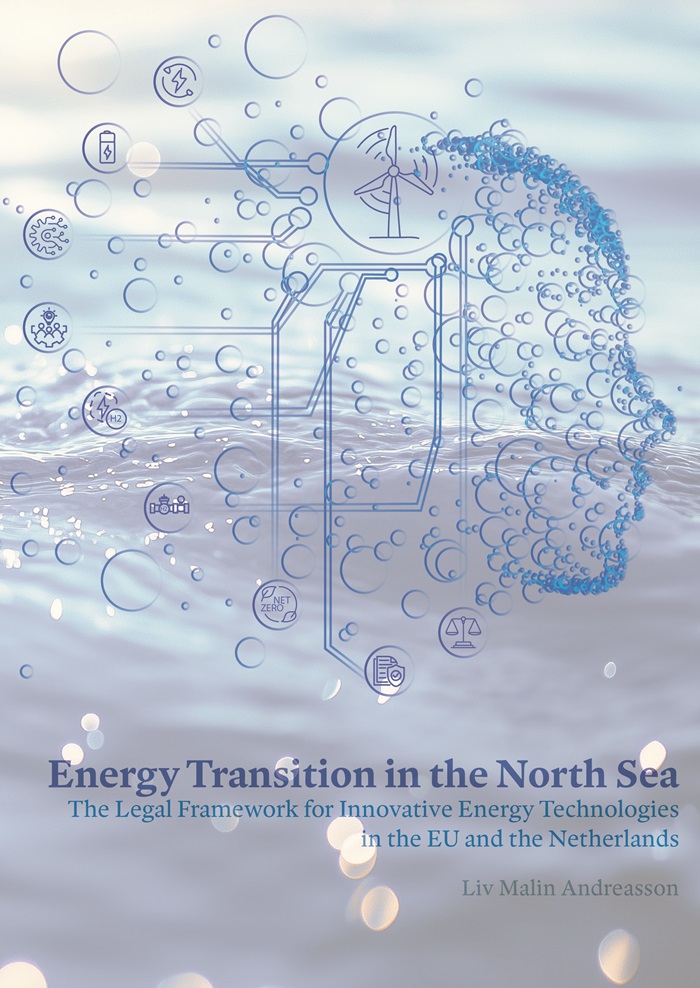
The Dutch government is committed to several climate change agreements and aims to achieve carbon neutrality by 2050. In addition, the Russian invasion of Ukraine has renewed focus on the need to ensure the security of the Dutch energy supply. Offshore wind energy, with its vast potential and scalability, is a promising way to achieve these goals. The Netherlands has set ambitious targets of 21 GW of offshore wind capacity in the North Sea by 2030, increasing to 72 GW by 2050. Achieving these targets, while considering limited offshore space, intermittency issues, and the need for cost-effective energy transport to shore, will require the deployment of innovative offshore energy technologies. These include alternative cable connections, electricity storage, and hydrogen production and transport infrastructure.
However, legal uncertainty remains a critical barrier to the successful deployment of these technologies. The lack of a stable and supportive legal framework could discourage investment and delay offshore deployment. Malin Andreasson’s research, therefore, presents a legal response to enable the large-scale development of offshore wind energy in the Dutch part of the North Sea. It addresses the legal challenges associated with deploying these innovative offshore energy technologies and proposes potential solutions to overcome them, advocating for a more integrated regulatory approach to offshore energy activities.
While current EU and Dutch electricity legislation recognises alternative offshore cable connections to some extent, it lacks clear provisions to facilitate the development of multi-purpose offshore interconnectors. A key challenge is the EU requirement that at least 70% of interconnection capacity be made available to the market. This research proposes three potential solutions: (i) applying for exemptions under existing rules, (ii) creating a new asset category for multi-purpose interconnectors, and (iii) establishing offshore bidding zones. However, exemptions may lack long-term stability, making a combination of the latter two approaches the most viable solution.
For other alternative offshore cable connections, such as generator-to-user and grid-to-user cables, existing EU and Dutch electricity legislation provides only limited recognition and does not adequately address their legal classification, permissibility, or the designation of responsibilities for their development and operation. This legal uncertainty hinders the establishment of separate cable connections between offshore wind farms and electricity users, as well as connections between offshore wind farms and the transmission systems of other North Sea states. To facilitate cross-border renewable energy projects, the EU should adopt separate asset categories for alternative offshore electricity cables.
Electricity storage is essential to managing the intermittency of offshore wind, but its deployment in the Dutch part of the North Sea faces legal barriers. Uncertainties regarding classification, ownership, and operation, as well as the applicable planning and permitting regime, pose particular challenges. Proposed solutions include the adoption of specific provisions for offshore storage in the Dutch Energy Act and the introduction of competitive permitting procedures tailored to offshore storage projects. The development of offshore electricity storage, especially when co-located with offshore wind farms, requires that planning and permitting procedures be coordinated and streamlined with the legal framework for offshore wind farm development.
With regard to offshore hydrogen infrastructure, the EU has applied existing gas market rules to hydrogen networks, but the reuse of offshore gas infrastructure for hydrogen transport presents additional legal uncertainties. To facilitate such reuse, the Dutch Energy Act needs to clarify how upstream natural gas pipelines can be classified as offshore hydrogen pipelines and what procedures apply to the transfer of ownership and operation of these pipelines to the hydrogen network operator. Similarly, the planning and permitting regime for offshore hydrogen production should be adapted to reflect the specific characteristics of the sector and ensure consistency with the legal framework for offshore wind development. This dissertation highlights the need for a long-term policy vision for offshore renewable energy infrastructure and comprehensive legislative reforms. A more coherent and integrated legal framework, combined with enhanced cross-border cooperation, will be essential to unlocking investment and accelerating the offshore energy transition, ensuring that the Netherlands meets its 2050 climate targets.
Andreasson defended her dissertation on the 16th January 2025 at the Faculty of Law of the Rijksuniversiteit Groningen. Supervisors: prof. Martha Roggenkamp and prof. Edwin
Woerdman.
Malin Andreasson
Energy Transition in the North Sea: The Legal Framework for Innovative Energy Technologies in the EU and the Netherlands
The dissertation is available at the repository of the Rijksuniversiteit Groningen.

